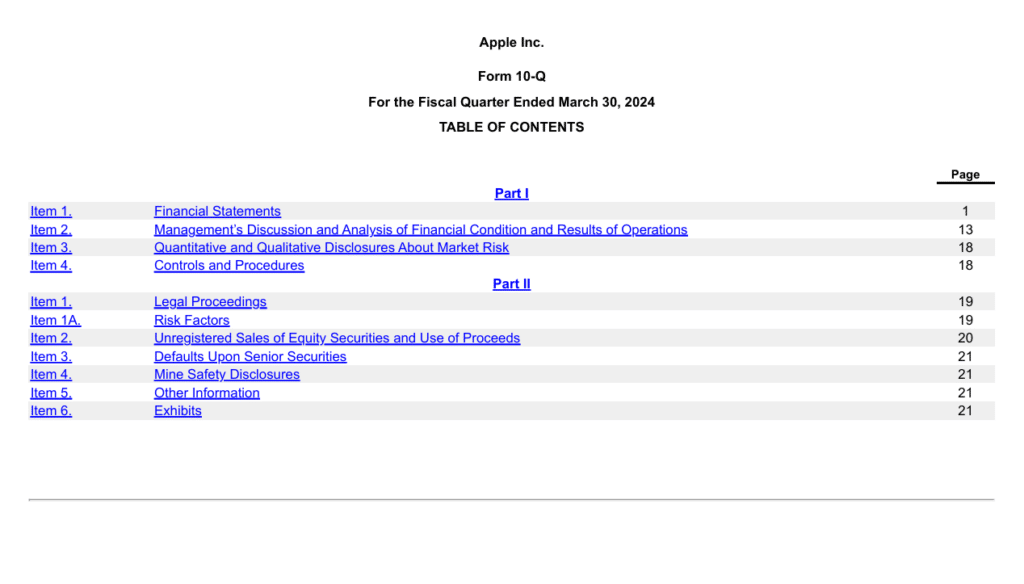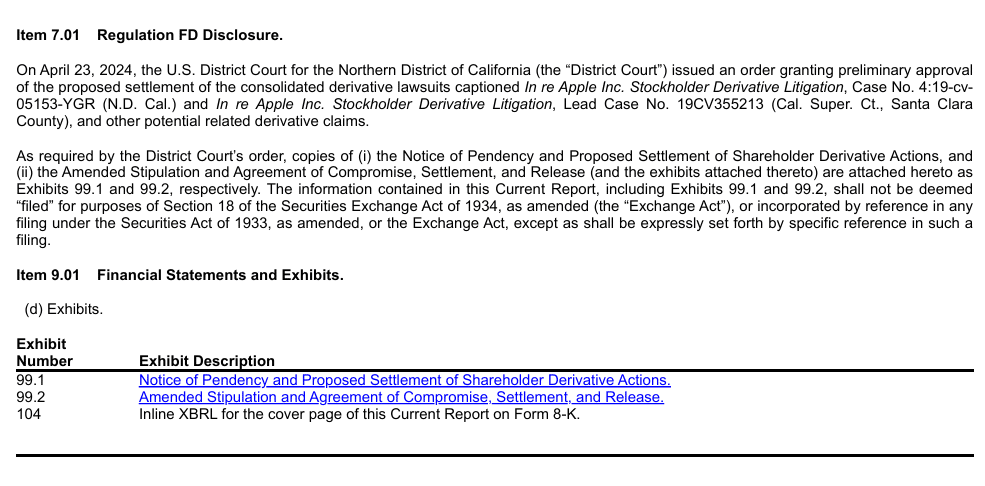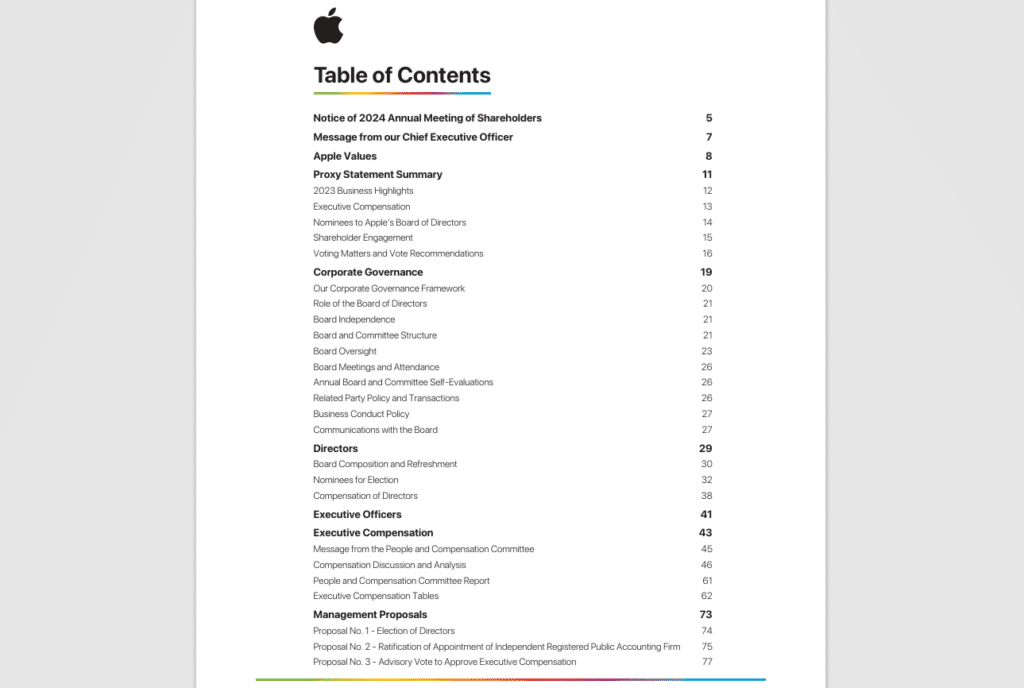The Essentials of Financial Reporting: Financial reporting documents a company's financial performance, providing a structured overview of financial health for assessing profitability, liquidity, and stability.
Financial Reporting Is Always Mandatory: All businesses, whether they're small, large, private, or public, must keep detailed reports of their finances. However, private companies are the only businesses exempt from sharing them, unless for tax purposes.
Ease the Burden From The Start: To get the most out of your financial reports (and save you stress), make sure to implement strong security controls in advance and consider using a financial reporting software.
What is Financial Reporting?
Financial reporting is the process of documenting and presenting a company’s financial performance and position through standardized statements such as the balance sheet, income statement, and cash flow statement.
It provides a clear, structured overview of a business’s financial health, enabling financial professionals to assess profitability, liquidity, and stability.
By ensuring transparency and compliance with accounting standards (such as GAAP and IFRS), financial reporting supports decision-making, investor confidence, and strategic planning.
What’s Included in Financial Reporting?
Financial reporting includes various components that offer regulators, investors, and stakeholders a comprehensive view of the company’s financial health. In general, here’s what’s included in financial reporting:
- Financial statements: Financial statements include the income statement, statement of retained earnings, cash flow statement, and the balance sheet prepared according to GAAP or IFRS. Each financial statement offers important details about your business.
- Notes to financial statements: Data in the financial statements is a summary of transactions. You’ll find that the “Notes” part of the statements include finer details regarding each figure.
- Management’s discussion and analysis (MD&A): Management’s comments on the financial results—including performance, risks and uncertainties moving forward—and the company’s strategic initiatives for the future. These comments give investors and stakeholders information about management’s overall outlook regarding the business.
- Auditor’s report: Audit reports aren’t mandatory for small businesses. Publicly traded companies and large private companies may need to get their financial statements audited. An audit report provides reasonable assurance that the information in financial statements is accurate and complies with relevant accounting standards.
- Other reports and disclosures: Depending on regulatory and stakeholder requirements, you may have to maintain and submit additional information along with financial reports. For example, you may have to share segment-wise reports and information on environmental, social, and governance (ESG) practices.
Why is Financial Reporting Important?
Reporting financial data is important for several reasons, including:
Data-Backed Decision-Making
Financial statements summarize vital information, including revenue, cost structure, capital structure, and cash flows, enabling your team to make sound decisions.
For instance, if you’re in a high-growth phase and raising debt capital every few years, you’ll need to monitor your financial leverage and make sure you don’t over-leverage; to monitor this, you need to keep an eye on your balance sheet.
Trust and Reputation
Think of financial statements as a tool to build trust and reputation among investors and other stakeholders. Communicating financial information transparently is a key skill for financial operators, helping you build stronger relationships with lenders and business partners.
Access to Capital
When you want to raise debt or equity capital, the lender or investor will want to look at your financial statements. The lender might look at your debt-to-equity ratio and assess your ability to repay the loan on time.
Similarly, equity investors will look at your financial statements to assess business performance and the potential for your business’s value to increase over time.
Compliance
The SEC requires public companies to report financial information to protect investors and maintain orderly markets. Even if you’re not a public company, the IRS requires businesses to submit accurate financial records when filing their tax returns.
Also, your industry’s regulatory body might require you to maintain financial records. For example, the Fiscal Soundness Reporting Requirements (FSRR) issued by the Centers for Medicare and Medicaid Services (CMS) require certain companies to share prescribed information via financial statements.
Is Financial Reporting Mandatory?
Financial reporting is mandatory for all businesses to some extent, but the specific reporting requirements differ based on various factors, including size, industry, and jurisdiction.
Here are some cases where you’re required to report financial data compulsorily:
1. Tax Reporting
All businesses, regardless of size or type, must prepare financial statements to comply with tax laws. The IRS requires businesses to report income, expenses, and other relevant information to assess tax liability.
2. You’re a Public or Non-Profit Company
The SEC requires public companies to file comprehensive financial statements, including quarterly (10Q) and annual reports (10K). Similarly, nonprofits are required to report specific financial data, including filing Form 990 with the IRS, to maintain their tax-exempt status.
Private companies aren’t legally required to disclose financial information publicly, but still need to maintain accurate records for tax reporting and regulatory purposes.
Small businesses must report financial records for tax returns but aren’t required to prepare comprehensive financial statements. Also, some states require corporations and limited liability companies (LLCs) to file annual reports.
3. You’re in Specific Finance or Healthcare Businesses
Entities like the Federal Reserve, the Office of the Comptroller of the Currency (OCC), and the Financial Industry Regulatory Authority (FINRA) impose reporting requirements on specific finance companies, such as banks and insurance companies. Similarly, bodies like CMS impose similar requirements for healthcare providers.
Types of Financial Statements
There are four main financial statements:
- Income statement: The income statement shows a business’s revenue, costs, and profits. It helps assess the business’s financial performance over a specific period.
- Statement of changes in equity: Statement of changes in equity or statement of retained earnings shows the changes in the equity capital account.
- Cash flow statement: The cash flow statement summarizes cash inflows and outflows during a specific period. The cash flow information is divided into three categories—operating, investing, and financing activities.
- Balance sheet: The balance sheet shows a business’s financial position on a specific date. It’s a summary of all ledger accounts with a credit or debit balance dividend into three categories—assets, liabilities, and shareholders’ equity.
- Other reports: All statements are supported by the notes to financial statements. Notes provide granular details for figures reported in your financial statements. Suppose the depreciation expense on your income statement is $100,000. In that case, the notes include details like a list of the assets on which depreciation is charged, and the assumptions used to calculate the depreciation expense.
Examples of Financial Reporting
Companies prepare various types of financial reports throughout the year. I wanted to cover some of the main ones, using Apple as a good example:
10-Q
The 10-Q is a quarterly report that includes unaudited financial information. Listed companies file their 10-Q with the SEC for the first three quarters of a fiscal year. The report includes unaudited financial statements, notes to financial statements, MD&A, risk factors, and legal matters.
For example, here’s what Apple’s recent 10-Q includes:

10-K
The 10-K is a comprehensive annual report providing details about the company’s financial performance. It’s filed with the SEC at the end of a fiscal year and includes the audited financial statements, notes to the financial statements, auditor’s report, and risk factors.
Look at Apple’s 10-K, for example, and you’ll notice it’s more comprehensive than the 10-Q:

8-K
Companies file 8-K to announce major events that their shareholders should be aware of. Examples of such events include earnings releases, management changes, mergers and acquisitions, bankruptcy, and amendments to governance documents.
Here’s an example of Apple’s latest current report (8-K):

DEF 14A
The SEC requires listed companies to file DEF 14A, called the definitive proxy statement, when a shareholder vote is required. DEF 14A includes information that can help shareholders make informed decisions about the company’s future—information may include matters related to voting, executive compensation, and corporate governance.
Here’s what Apple’s latest DEF-14A includes:

Financial Reporting Best Practices
Following best practices is critical to ensuring transparency, compliance, and effective decision-making. Here are some best practices to be mindful of when reporting financial data:
Implement Strong Internal Controls
Internal controls help prevent fraud and errors in financial reporting. Think of internal controls as guardrails that ensure the safety and integrity of financial information as it moves through internal processes. Here are two examples of internal controls over financial reporting (ICFR):
- Segregation of duties: Segregate responsibilities among people to minimize the risk of fraud or error. For example, if John in billing is responsible for generating and sending invoices, Adam from AR should be responsible for applying customer payments to correct invoices. This ensures that Adam doesn’t create or modify invoices to offer a close friend a discount without permission.
- Regular internal audits: Conduct regular internal audits to review the effectiveness of internal controls. If the internal auditor finds any material weaknesses, they’ll present a qualified opinion. This is your cue to jump in and make sure internal controls are adequate to ensure the accuracy of financial reports and lower the risk of fraud.
Use Accounting or Financial Reporting Software
Manual tasks are time, expertise, and labor-intensive. Your team is better off working on strategic tasks than manually recording journal entries or preparing an income statement. That’s why you need accounting software that can:
- Automates repetitive tasks: Automating tasks like preparing invoices and financial statements or paying recurring bills doesn’t require a human. Hand these tasks to the software so your team can focus on acting on insights derived from reported financial data. Recently, I’ve noticed a surge in automation software that can take care of complex tasks as well, such as revenue recognition according to ASC-606 and factoring in the effect of contract modifications.
- Offers analytics: Speaking of insights, your financial reporting software ought to offer built-in analytics to help you make data-driven decisions. Analytics helps you identify patterns and anomalies and get a bird’s eye view of financial data that offers valuable insights into your business’s financial position and performance.
Best Accounting Software in 2024
The CFO Club’s team does two things:
- Create articles to help financial operators win at work.
- Review and recommend financial software that’ll make your job easier for you.
These are the best accounting software options currently on the market:
Don't like these three? Don't worry, we've reviewed many more and made a list of the 17 best ones.
Focus on Transparency and Disclosure
Instead of seeing disclosure requirements as a burden, think of them as a way to develop a reputation for transparent reporting. Communicating financial data in detail with stakeholders pays dividends in the long term. Investors are more confident about investing in companies that prioritize transparency, making it easier for you to access capital.
Here are some ways to prioritize transparency and disclosure:
- Provide detailed notes: Provide comprehensive notes to the financial statements. Explain assumptions, methodologies, and significant changes.
- Disclosure of risks: Be transparent about potential risks and uncertainties associated with certain decisions or the current economic environment.
- Share non-financial information: Include relevant non-financial information, such as ESG initiatives.
Continuous Training and Development
Financial reporting regulations are dynamic. Your team needs to be up-to-date with the most recent rules and regulations, and here’s how you can support them:
- Continuous education: Provide regular training sessions on the latest accounting standards and financial regulations.
- Professional development: Encourage your team to pursue professional courses from the American Institute of Certified Professional Accountants (AICPA) and the Association of Chartered Certified Accountants (ACCA).
- Developing a culture centered on knowledge sharing: Foster a culture of knowledge sharing—encourage seniors to proactively offer guidance to juniors to help them gain granular insights on the best ways to report financial data.
Financial Reporting: Business in Rear View
Except for management’s discussion and analysis, financial reporting focuses on history. The data in financial reports tells you things like how much your business earned, what decisions were made, and the amount of capital you have.
Looking for more help on managing and modernizing your financial operations? Subscribe to our free newsletter for weekly insights, step-by-step guides, and tips from financial experts.


